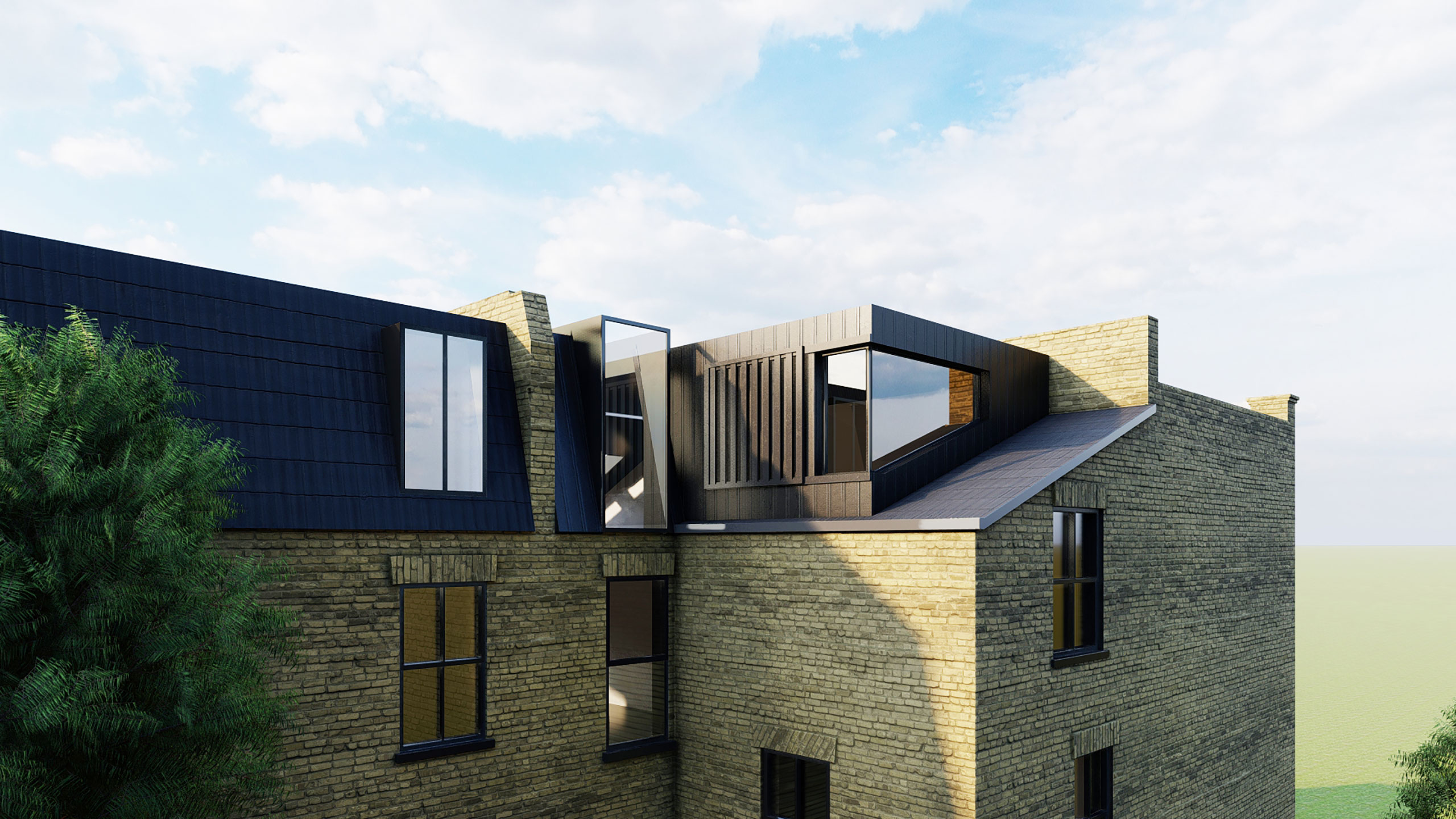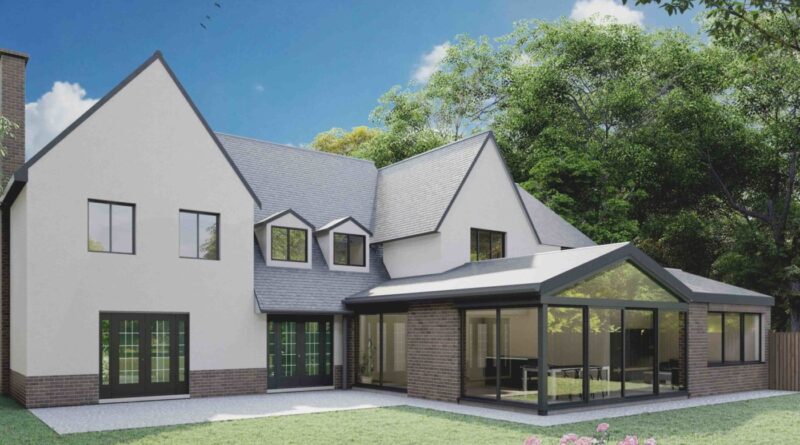The Ultimate Guide to Loft Conversion in London
Are you a London homeowner looking to create more space in your property? Look no further than loft conversion. With soaring property prices and limited space in the city, transforming your loft into a functional and stylish living area is the ultimate solution. This comprehensive guide will take you through every step of the loft conversion process, ensuring you have all the knowledge and resources you need to embark on this exciting project.
Our guide covers everything from obtaining planning permission to selecting the right design and finishes. We’ll also delve into the different types of loft conversions available, including dormer, hip-to-gable, and mansard, helping you determine which option is best suited for your home and lifestyle.
Transforming your loft is not only a practical way to gain additional living space but also a wise investment that can significantly increase the value of your property. So, our expert tips and advice will ensure a successful and stress-free loft conversion journey if you’re looking to create an extra bedroom, a home office, or a playroom for the kids.
Extension Architecture: The right loft conversion specialist in London
When transforming your loft, finding the right loft conversion specialist is crucial. One such company that has been making waves in the London market is Extension Architecture. With their expertise in architectural design and project management, they have helped numerous homeowners in London bring their loft conversion dreams to life.
Extension Architecture is collaborative, working closely with clients to understand their vision and requirements. They provide various services, including architectural drawings, planning permission applications, and project coordination. Their team of experienced professionals ensures that every aspect of the loft conversion is executed to the highest standards.
By choosing a reputable loft conversion specialist like Extension Architecture, you can have peace of mind knowing that your project is in capable hands. Their attention to detail, commitment to quality, and ability to navigate the complexities of London’s planning regulations make them the go-to choice for homeowners looking to transform their lofts.
Why choose loft conversion in London?
With the ever-increasing property prices in London, moving to a larger home may not be a viable option for many homeowners. This is where loft conversion comes in. Converting your loft lets you make the most of your property’s existing space and adds significant value to your home.
Loft conversions are popular in London due to the city’s unique architecture, characterised by numerous period properties with high-pitched roofs. This underutilised space allows homeowners to create additional living areas without compromising the property’s original footprint.
Moreover, loft conversions offer endless possibilities for customisation. Whether you envision a cosy bedroom retreat, a spacious home office, or a playroom for the kids, a loft conversion can suit your specific needs and lifestyle. The versatility of loft conversions makes them a highly desirable feature for potential buyers, ensuring that your investment pays off in the long run.
Another advantage of loft conversions is the cost-effectiveness compared to other home extension options. Building an entirely new extension can be time-consuming and expensive, requiring extensive groundwork and structural changes. In contrast, a loft conversion utilises the existing structure, making it a more affordable and efficient way to add space to your home.

Types of loft conversions
Regarding loft conversions, there are several types to choose from, depending on your property’s structure and requirements. Let’s explore some of the most common types of loft conversions in London:
- Dormer Loft Conversion: This is the most popular type of loft conversion, as it offers maximum headroom and floor space. A dormer extends the existing roof, creating additional vertical space and allowing for window installation. Dormer loft conversions suit various property styles and accommodate multiple room layouts.
- Hip-to-Gable Loft Conversion: This type of conversion is ideal for properties with hipped roofs, where the sides slope inward. A hip-to-gable conversion creates more headroom and usable space by extending the roofline vertically. This type of loft conversion is particularly beneficial for semi-detached or end-of-terrace properties.
- Mansard Loft Conversion: A mansard conversion is a way to maximise space and create a substantial loft area. This conversion involves altering the entire roof structure to create a near-vertical wall with a flat roof. Mansard conversions often require planning permission due to the significant changes to the property’s appearance. However, they offer the most potential for creating large, open-plan living areas.
These are just a few examples of the types of loft conversions available in London. It’s essential to consult with a specialist to determine which option is most suitable for your property and requirements.
Design ideas for loft conversion in London
Once you’ve decided on the type of loft conversion that best suits your needs, it’s time to turn your attention to the design and aesthetics of the space. Here are some design ideas to inspire your loft conversion in London:
- Natural Light: Make the most of the available natural light by incorporating large windows, skylights, or even a glass roof. Natural light enhances the overall ambience of the space and makes it feel more spacious and inviting.
- Open-Plan Layout: Loft conversions are often associated with open-plan living, creating a sense of flow and connectivity between different areas. Consider combining your living, dining, and kitchen spaces to maximise the usable area and create a contemporary, pleasant living environment.
- Storage Solutions: With limited space in London properties, storage is always a concern. Take advantage of the nooks and crannies in your loft conversion to incorporate built-in storage solutions. Clever storage options, from under-bed storage to built-in wardrobes, will help you keep your new space organised and clutter-free.
- Unique Features: Add personality and character to your loft conversion with unique features and finishes. Consider exposed brick walls, wooden beams, or statement lighting fixtures to create a stylish and distinctive space that reflects your taste and style.
Consult with a professional architect or interior designer to ensure your design ideas align with the structural requirements and building regulations.
Conclusion: Transforming your space with a loft conversion in London
In conclusion, loft conversion is a fantastic solution for London homeowners looking to create additional space in their properties. With the right loft conversion specialist, you can embark on a successful and stress-free journey towards transforming your loft into a functional and stylish living area.
Choosing the correct type of loft conversion, such as dormer, hip-to-gable, or mansard, will depend on your property’s structure and specific requirements. Once the conversion is complete, you can unleash your creativity and design a space that reflects your personality and lifestyle.
Not only does a loft conversion provide practical benefits, but it also adds significant value to your property. So, whether you’re looking to create an extra bedroom, a home office, or a playroom for the kids, a loft conversion is a wise investment that will pay off in the long run.
So, take the leap and transform your space with a loft conversion in London. With the right planning, design, and professional guidance, you can create a functional, stylish, and valuable living area that meets all your needs.

